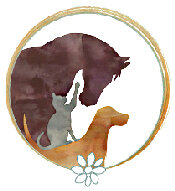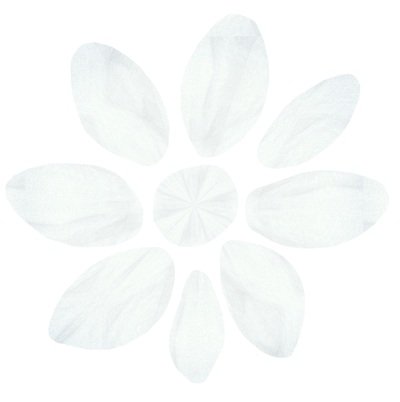
Dr. Laura Taylor is a holistic veterinarian who treats dogs, cats and horses
with osteopathy and craniosacral therapy.
PLEASE NOTE: Dr. Taylor's practice is limited in scope to musculoskeletal and neurologic cases
in horses, dogs, and cats.
Her full-time practice is based in the Calgary area and she treats dogs and cats
at Healing Traditions Veterinary Clinic.
Dr. Laura Taylor is on the leading edge of veterinary osteopathy, being one of the first veterinarians in Canada to learn, practice, and teach it. She has discovered the profound influence of organs on the mobility of the body and strongly believes that osteopathy/craniosacral therapy can redefine our animals' health.
-

OSTEOPATHY
Osteopathy is like detective work, uncovering and treating all the blocks to 100% health, vitality, and full mobility. Osteopathy is a deep fix, not a quick fix."
-

Craniosacral Therapy
Craniosacral therapy restores proper alignment and posture, optimizing range of motion in all joints, while easing all the internal tissues.

The 3 Pillars of OSTEOPATHY
Effective treatment is a blending or continuum of these 3 approaches.

Holistic medicine has become a viable alternative to mainstream medicine for many issues. More and more people are seeking it out for both themselves and their animal companions.
Cutting Edge Holistic Veterinary Treatments
In horses the influence of the gut on the quality of joint motion is profound. An osteopathic exam goes a long way to uncovering ‘sub-clinical’ organ issues (have yet to progress to a ‘disease’ state). The end result is healthier organs and improved range of motion throughout the horse... better athleticism and injury prevention are just some of the benefits with this modality of treatment.
In dogs subtle scars from all neutering and spaying cause what Dr. Taylor calls ‘Crooked Butt Syndrome' or CBS. Long term, this pelvic misalignment (never resolved with chiropractic) sets dogs up for potential back issues as they age and is one of the underlying causes behind the all too common cruciate ligament injury in the knee joint (ACL tears).
Cats often lead a more sedentary lifestyle, they don't tend to play and run around like dogs do, can hide musculoskeletal issues for years until, as older cats, they start to have trouble jumping onto furniture etc. (Cats can have CBS too!). Osteopathy and craniosacral therapy are truly wonderful for cats due their small size and the very gentle, light touch aspect of this therapy.
Dr. Laura Taylor, dvm
As a holistic veterinarian who practices osteopathy and other alternative treatments, my job is to help horses, cats, and dogs regain mobility and return to their natural state of wholeness. Whether a house cat or a canine or equine athlete, I help animals live to their full potential of health, vitality, and longevity.
I approach my work with a persistent sense of curiosity and a passion for the possible! I enjoy the detective work of osteopathy. I’m in awe of its potential for prevention and true healing because it works with the innate intelligence of the body that wants to heal itself.











